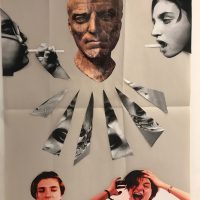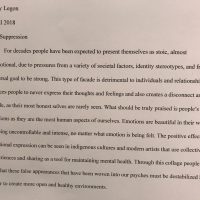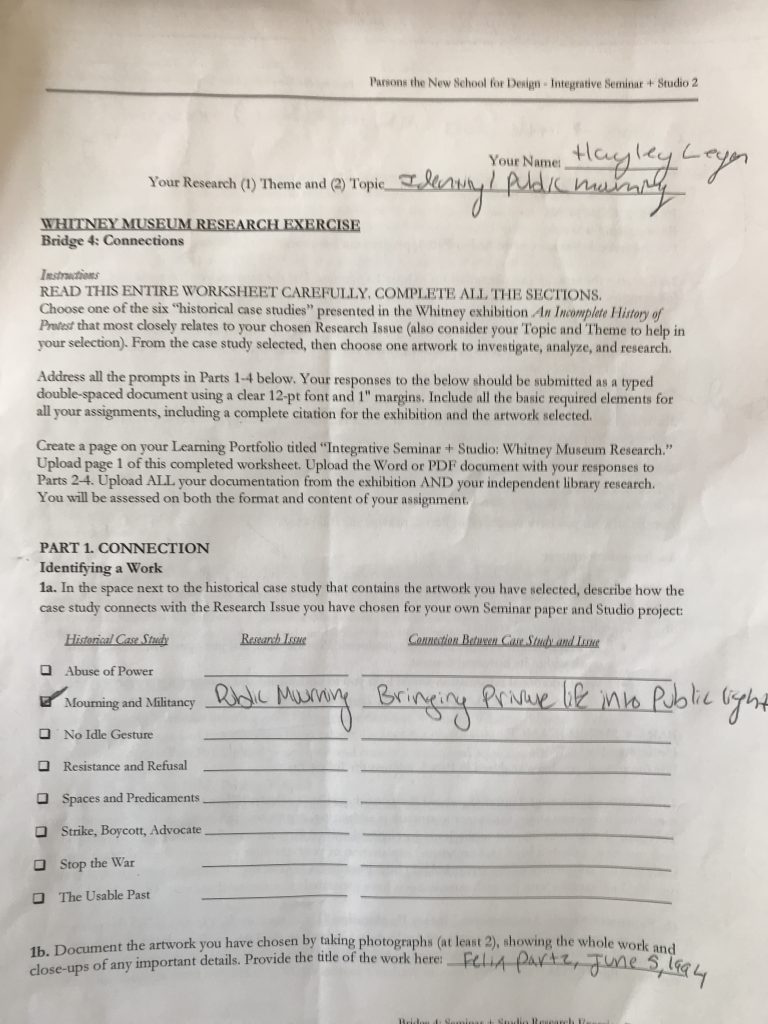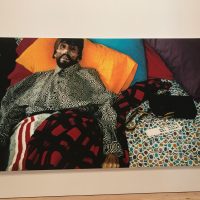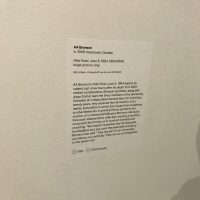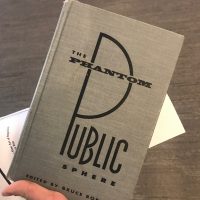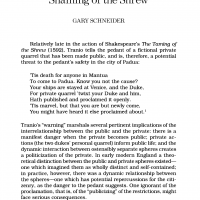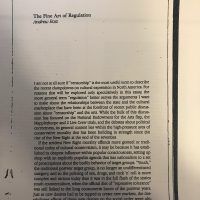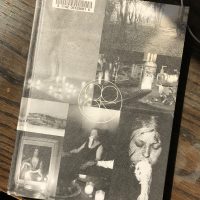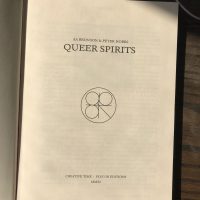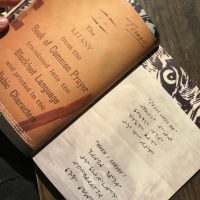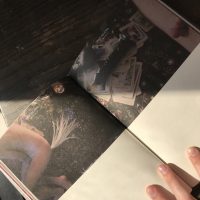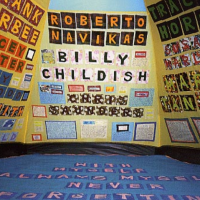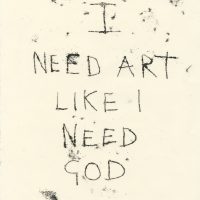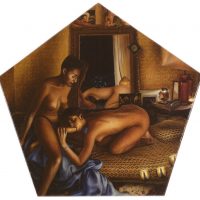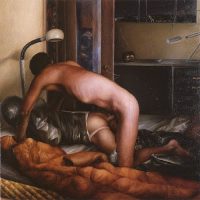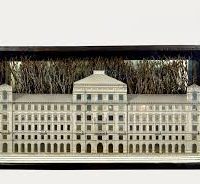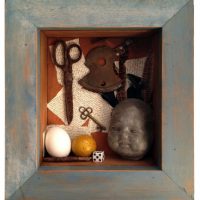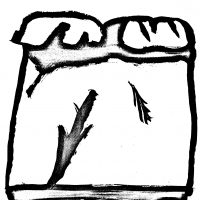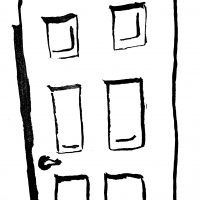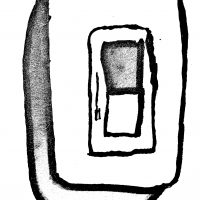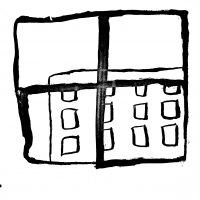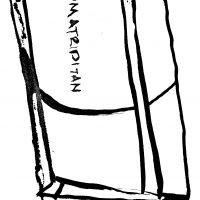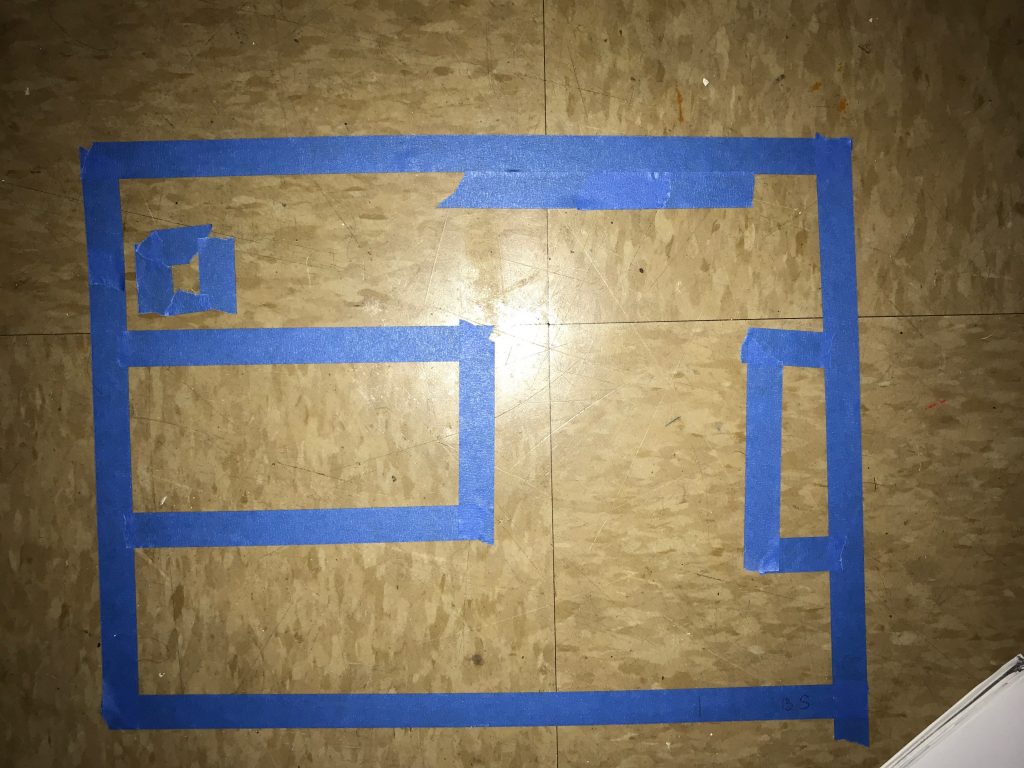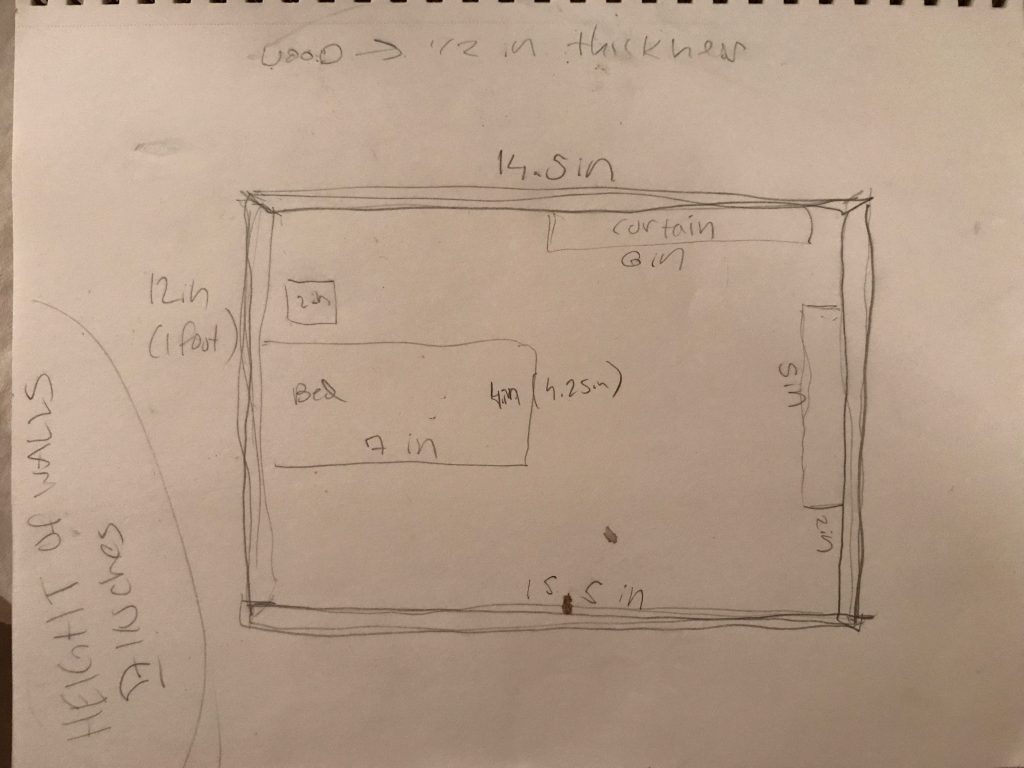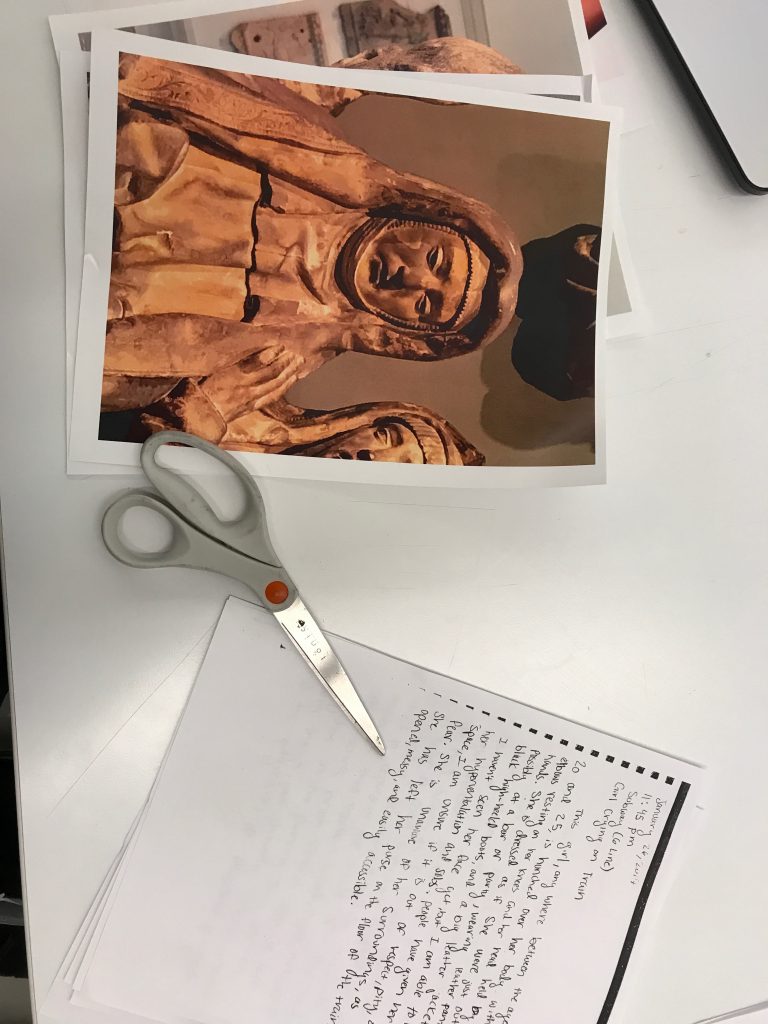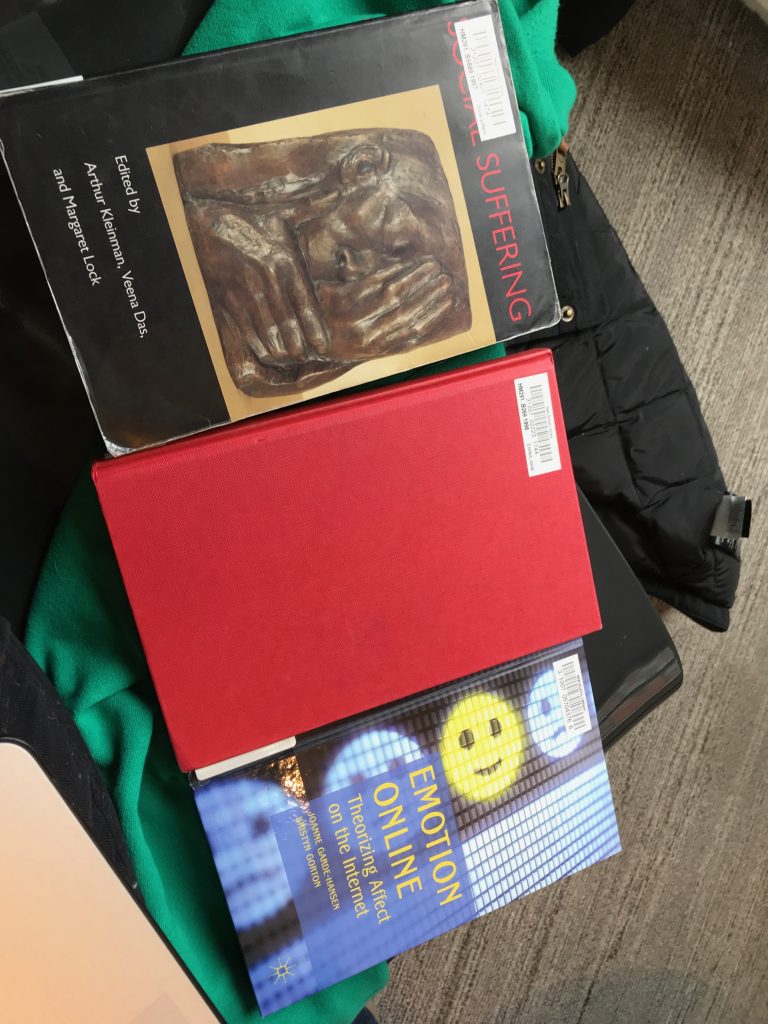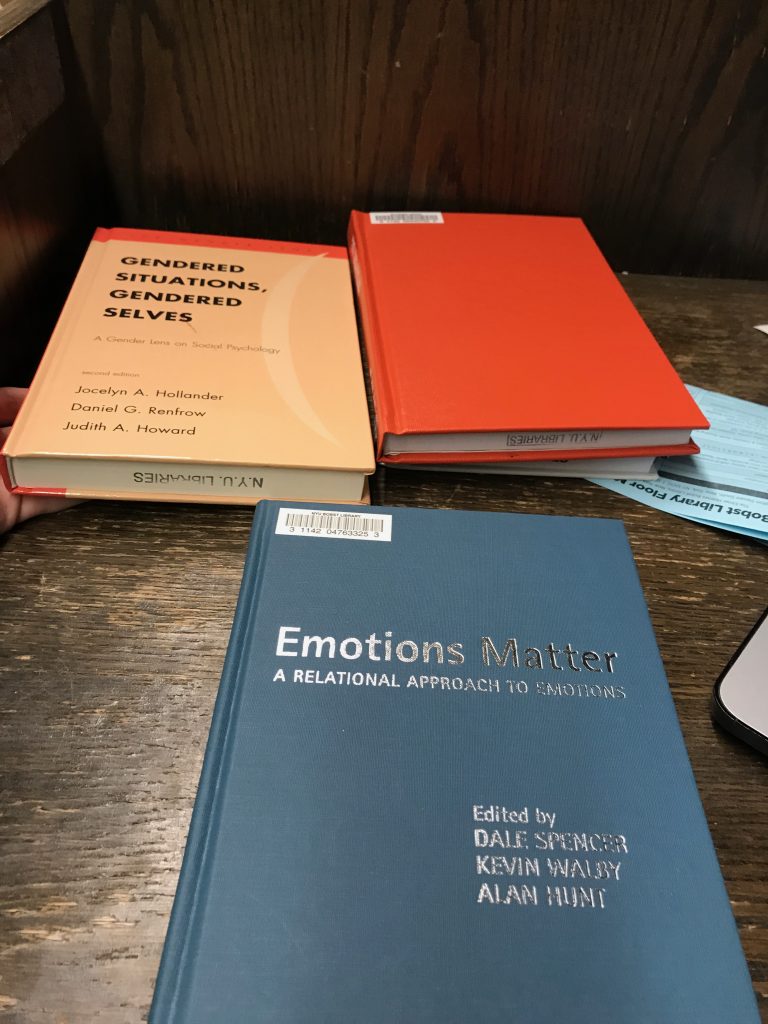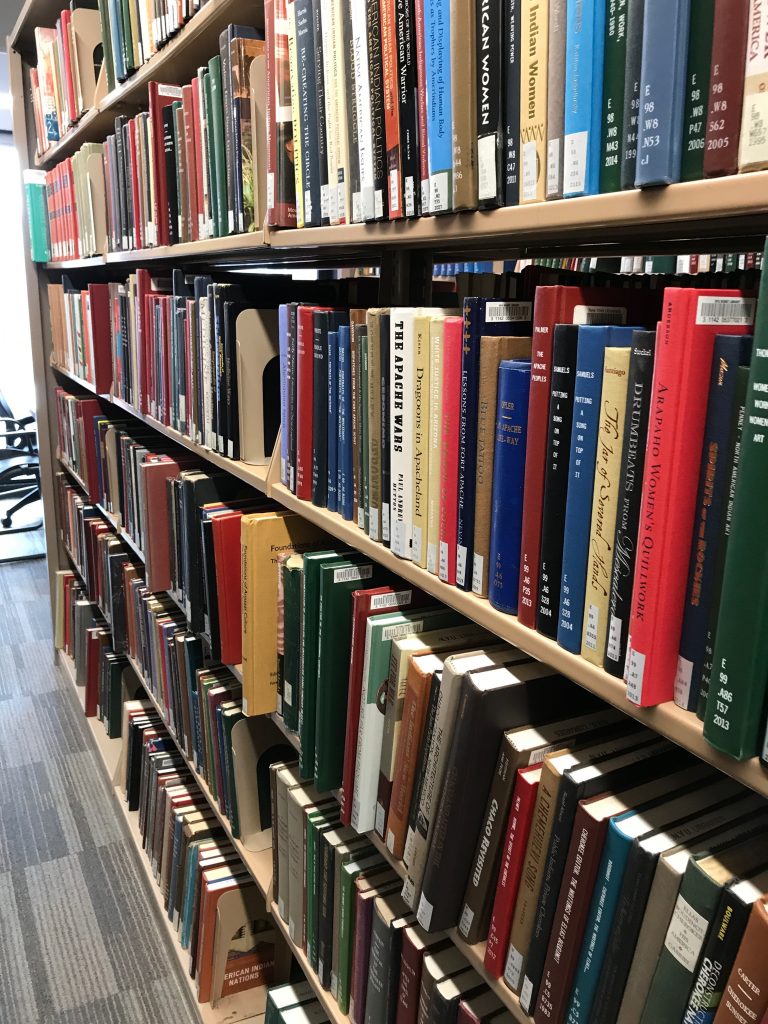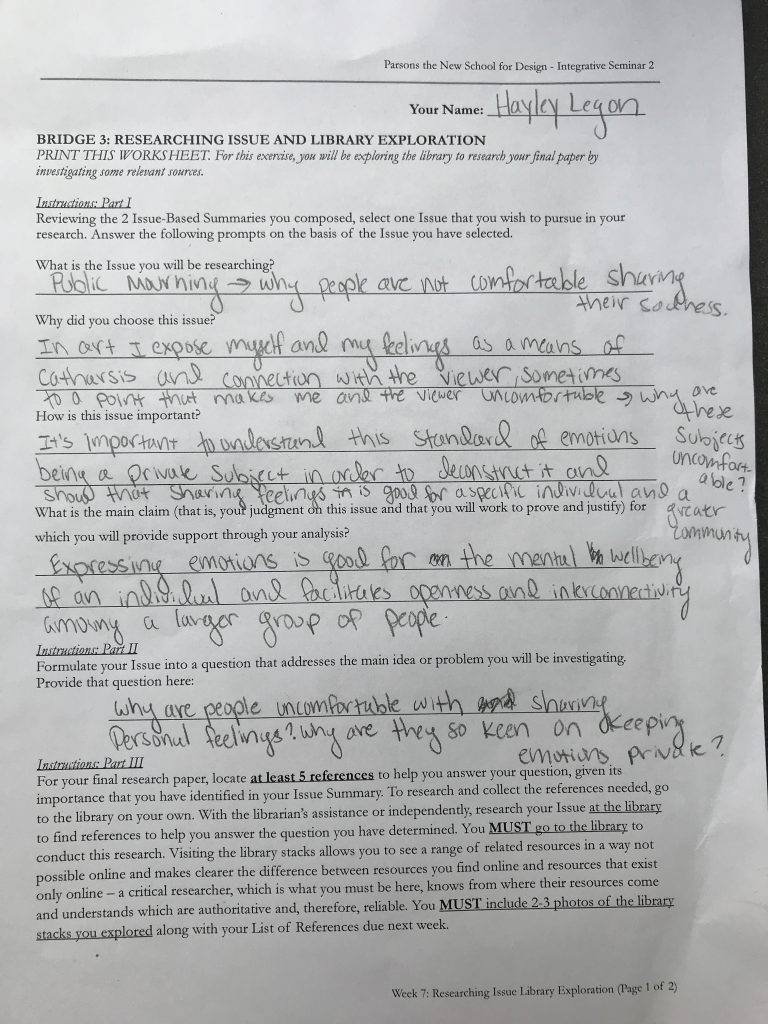Author: legoh419
Integrative Seminar 2: Visual Essay Collage
Integrative Seminar + Studio: Whitney Museum Research
Part 1:
Pieces of Selected Piece:
Part 2:
2a:
- The details that jumped out at me the most were the colors. Every shape and color was comprised out of little colored dots that created an intensely colorful piece. The look in Felix’s eyes is very specific, it almost breaks the boundary of death and life. The set up of the scene, whether it be slightly staged or not is eccentric, lively, and truly shows the personality of Felix. The little details show the realness of the situation, such as the TV remote or the pack of Marlboro cigarettes to the left. These details show how Felix was just a human like the rest of us.
- My initial impression was that the photo was staged and that Felix looked as if he had been dead for some time. Learning the realness and immediacy of the piece definitely adds a sense of intensity, and almost disturbing nature to the piece.
2b:
The material used was inkjet on vinyl. The inkjet allowed for the vibrancy of colors and the vinyl allowed for the “professional” and clean aesthetic of the piece as to look at something to be taken seriously.
Part 3:
3a:
- The materials cohere by making an eye catching piece that looks clean and legitimate. The text in the bottom right corner is subtle but works with the piece as it looks like a time/date stamp on a film/disposable camera.
- This work related to the other items in the exhibit as it discusses a subject matter that most people try to ignore or erase due to what it reveals about society and the realities of life.
3b.
- Inkjet printing was developed in the 1950s and mass use of this type of printing started in the 1970s. Vinyl decals were first invented in France around 1750.
- The time period is important to understand and interpret the work, as during the 90s AIDS was widely disregarded and misunderstood. During this time many famous people were either diagnosed or died for HIV/AIDS.
Part 4:
4a:
- What were (and continue to be) the reactions to this piece that exploits such an intensely personal moment?
- Knowing how people react/ed to the work can help to understand the stigma around HIV/AIDS. This relates to my topics as it discusses how people react to private emotions and scenes in public areas. This work also supports connectivity between the viewer, subject, and the artist (as all are human and experience tragedy) in a way that I would like to explore.
- Are all private moments shocking to an outside viewer?
- This moment is naturally shocking as it includes a man that has died of a painful disease, but is this moment only seen for its shock value, or do viewers truly see the intense sadness of the moment? This helps to understand how the feelings are transmitted through the piece. This relates to my topic as it questions the best way to connect personal emotions with a viewer.
- How does the scale affect the impact on the viewer?
- This piece is of a large size, making the viewer unable to look away and feel as if they were inside this moment. The scale makes it easier for the viewer to look into the eyes of Felix. This relates to my topic as it shows a way to make a viewer totally submerged in a content/emotion.
4b:
4c:
Before “Felix Partz, June 5, 1994”, Bronson worked with both Felix Partz and Jorge Zontal on their underground magazine FILE from 1972-1989. This magazine, with its name a direct mockery of LIFE magazine, was the collectives early involvement with the punk movement and queer issues, such as AIDS activism. Bronson worked on a performance series with fellow artist Peter Hobbs after the death of both of his partners in 1994. The series “Queer Spirits” was a collection of ritualistic performances in five locations (Banff, New Orleans, Winnipeg, Governors Island, and Fire Island) that was emblematic of and included the queer communities of the specific cities.
Bronson through his works FILE, “Felix Partz, June 5, 1994”, and “Queer Spirits” becomes a voice for the suppressed, discriminated, and misunderstood queer community. With his first work FILE with his fellow partners showed a more radical perspective that focused on mass awareness (to the extent that they could) of queer issues. With the work I saw at the Whitney I witnessed a more personal and serious side to Bronson’s queer perspective, showing the reality of HIV/AIDS and demanding awareness of the disease. “Queer Spirits” on the other hand shows Bronson’s spiritual side, observing queer communities and showing them in a more fantastical way, emphasizing connections with nature and the importance of community.
I believe that Whitney chose “Felix Partz, June 5, 1994” for their exhibit because of its disturbing realness and “in your face” protest that the content and size demonstrate. The piece has a necessary harshness that is important for calling attention to serious issues, in this case HIV/AIDS. The piece does the cause and Felix justice on its own, no need for multiples or complicated staging, the stare from Felix’s emaciated face impacts the viewer with the perfect balance of sadness, disgust, and anger.
Final Studio Project Proposal IS2
Thesis: Why are people uncomfortable with public mourning and public displays of emotion? Why are people more comfortable in private than in public?
3 Questions:
- Are objects that give emotional pain the most meaningful to an individual?
- How do memories affect comfortability?
- What has the bed represented throughout history? Is it the ultimate private space?
External Sources:
Cultural Artifacts:
Relevant Data:
- Native American cultures are known for their rituals that include collective emotional experiences that are supposed to be healing for individuals and the community at large.
- Are display of emotions has been altered in modern times do to the creation of social media. People are more likely to share online rather than in person do to the facade of being able to hide behind a screen.
- Emotion is woven into all societal institutions and is a root for people’s way of life and behaviors.
Research on Mediums:
I anticipate that I will have to research techniques for model making, in regards to many materials, such as wood, fabric, and metal. I will research embroidering styles as I am not sure if I want to hand sew or use a machine for my details on fabric.
Sketches:
**My sketches won’t upload onto the LP, they are in an e-mail sent to Bryan with their descriptions**
Notes after Whitney Group Discussion:
My group supported my idea of reconstructing a small version of my room. My group gave me many ideas on what Parsons resources I could use to make this piece, such as the embroidery machines or laser cuter. I had reservations about putting text on the carpet, but my group thought it would be really interesting and would not take away from the flow of the piece.
Mock-Up / Prototype:
The layout of my prototype is working and I will continue to use the measurements that I mapped out in my sketches. My classmates suggested that I start creating my objects first before the box that will contain the room, as they were concerned that I might be constrained by the measurements of the objects.
Bridge 3 – Taxonomy
- What location did you visit for your visual research and what did you find?
- I visited the Met and found that the Greek sculptures, objects that immortalize people or events, all depict people with generally neutral facial expressions. This made me think of how people want to look stoic in such permanent pieces of art. This also made me think about how these neutral expressions could just be a product of how hard marble sculptures are to make.
- I visited my childhood room over spring break. I found objects that have accumulated in my room that have subtly given me a sense of comfortability in my little private space. I spent time with the objects I do not have at school and miss in somewhat of an unconscious way.
- How did the locations (museum/gallery/etc.) you visited expand/broaden/deepen your understanding of your topic? (this includes: visual, contextual, historical, material based, etc.)
- Visiting the Met broadened the historical perspective of my issue as it made me think beyond my experiences with emotion in modern society. It also made me think of materiality and what the image of a marble sculpture means in a public space.
- Visiting my childhood home made me think further into the idea of private spaces and how objects affect one’s sense of being comfortable.
- List the symbols, metaphors and visual references you put in your taxonomy and explain how/why they are relevant/important to your topic.
- The Bed –> The ultimate private space, physically and emotionally the most comfortable.
- The window –> Gives a person in private the perception of being in “public”, the ability to be comfortable and think beyond your location
- Small Personal Objects –> The objects we collect that unconsciously make us comfortable and are unconsciously given meaning.
- What did you learn from Monday’s peer review about your taxonomy that was new or helpful?
- My peers like the idea of keeping my final piece performative in some way in order to have that connection with the viewer that is vital to my concept.
Taxonomy – 20 Questions
Bridge 3: Visual Collage Essay
Library Research and References
Bridge II – Final Reflection
My topic is identity, it evolved over the course of this assignment by focusing on objects that are related to our emotional identities. Originally I was interested in people’s expressions of emotions in a general sense, but have become more focused on the objects or environments that people apply with emotional value. I think my performative pieces were the most successful, especially the videos that gave more intense and personal moments. The photos I took on the other hand, were not as successful as they did not convey emotions as much as I wanted to.
One of the main contexts that my topic is apart of is public vs private spaces, with a focus on private spaces. I want to investigate the places and objects that make people feel comfortable and emotional. Another context is the lack of emotional expression people have among other people, and how the idea of solitude is one of the most comfortable.
Bridge 2 – 7 Diptychs and Questions
Final 7 Diptychs
Questions for “Container”
- What conversation happened between each image in this diptych?
The conversation between the two diptychs is one that expresses two forms of containment. The first one, of me inside the box, shows myself forcing myself into a situation to then be “shipped” and used. The second one, of me being drank from, is one that shows the actual consumption on a more intimate level.
- How was the medium selected successful at supporting the content of your object, form, or image? (if it was not as successful as others, why?)
The medium is successful as I was able to show the actual use of my body as a metaphor for my identity and feelings. It was also successful as I was able to have an intense connection with the viewer with my eye contact.
- How did the materiality (medium used) affect the content or meaning of the individual artworks?
I think the medium gives the content and meaning a sense of permanence, as the images do not change or have a sense of movement. The medium makes the content one of the self, as an interesting investigation into my own head.
- What did you learn about your content through this medium exploration?
What I learned about my content through the medium is that I enjoy putting myself in these vulnerable and uncomfortable positions in order to achieve art that I am proud of and that helps me discover something about myself.
- How did the medium you used change the context of your object, form, or image?
I think the medium makes the context a little ambiguous.
- What websites / books / museums / galleries / other artists did you research during this process for ideas and inspiration?
I looked at performance art and photography from Robert Mappelthorpe and Marina Abramovic.
Regarding the whole process:
- How does this experiment shift your overall thesis question?
Before my thesis question was focusing on the general expression of emotion, but I think I might tailor it to expressions of specific emotions and how hard it is to do so.
Questions for “Supper”
- What conversation happened between each image in this diptych?
The conversation is between the perspective of the “eaters” or the consumers of me as an object and the perspective as myself as the object.
- How was the medium selected successful at supporting the content of your object, form, or image? (if it was not as successful as others, why?)
I think the medium was successful in adding a performative almost experimental quality to the work. Sadly though I did not get the shots that exactly wanted, as my head (and therefore my eye contact) was accidentally cut from the frame, which made the piece less successful in my perspective.
- How did the materiality (medium used) affect the content or meaning of the individual artworks?
The medium allowed for the content and meaning to become more lively, as you can see my breathing, which always for the meaning to be more about me as a “human object” rather than just an object.
- What did you learn about your content through this medium exploration?
I learned that I enjoyed the performative and unconventional nature of these piece and learned from this type of objectification as an interesting starting off point to investigate in the next 2 diptychs.
- How did the medium you used change the context of your object, form, or image?
I think the medium made the context of my piece become a weird, modern interpretation of the last supper, giving it a slightly spiritual undertone.
- What websites / books / museums / galleries / other artists did you research during this process for ideas and inspiration?
I looked at performance art and photography from Robert Mappelthorpe and Marina Abramovic.
Regarding the whole process:
- How does this experiment shift your overall thesis question?
Before my thesis question was focusing on the general expression of emotion, but I think I might tailor to expressions of specific emotions and how hard it is to do so.

